Version 5.1 is officially live! We’ve rolled out some updates to ZPortals to make managing your WordPress site smoother and give your users a better experience. Here’s a quick look at what’s new in version 5.1:
Enhanced Parent Menu Interaction
Now, when an admin utilizes the “Add Parent Menu” feature to create a parent menu item and adds submenus beneath it, users can expand or collapse these submenus with a simple click on the parent item’s name. This user-friendly enhancement applies to all parent menu items not directly linked to a page, like placeholders for Zoho Books and Subscriptions, ensuring a smoother and more accessible navigation experience for your site visitors. This update does not affect parent menus that are standalone pages, maintaining direct access where needed.
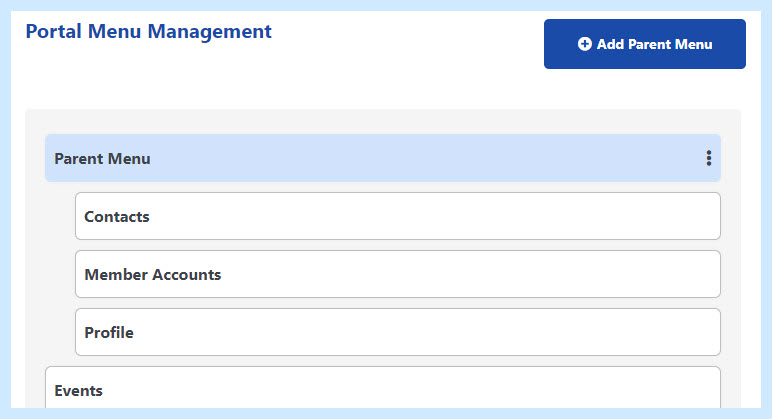
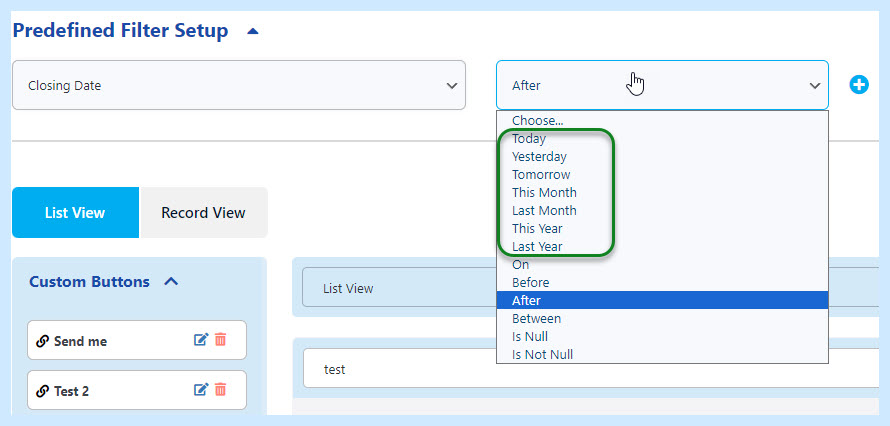
Expanded Predefined Filters for Date Fields
ZPortals now includes an expanded set of predefined filters for Date and Date / Time fields within the admin panel. Admins can tailor their modules with enhanced filter options such as: Today, Yesterday, This Month, Last Month, This Year, and Last Year. These additions empower site administrators to more precisely control the data presented to users. This update is a stride towards more dynamic and relevant data management, offering admins the tools to quickly segment and view data based on specific parameters.
Customizable Default Status Filter
The latest update introduces a feature for managing how frontend users view their tickets in the Zoho Desk integration. With the new “Default Status Filter” option in the admin panel, admins now have the flexibility to set a default ticket status view for users. This feature enhances user experience by allowing admins to choose whether users see all tickets or just those of a specific status, such as “Open,” when they first access their ticket list. If “Open” is chosen, users will initially see only their open tickets, with the ability to select “All” from the filter dropdown for a broader view. This customization ensures a more focused and efficient ticket management process for users.
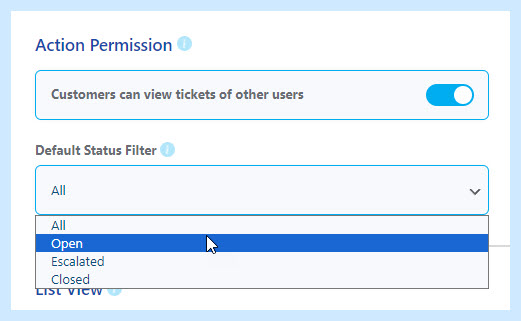
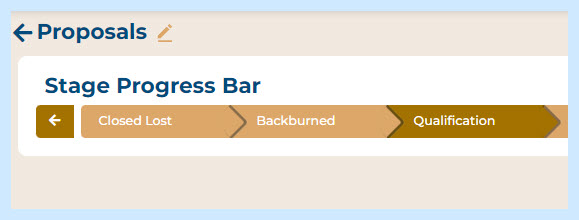
Customizable Deal Progress Bar
Admins now have the ability to specify which Deal Stages are displayed in the progress bar when the users open up a deal. Whether you choose to showcase all stages by leaving this field empty or to only display selected stages, this feature ensures that the progress bar reflects only the relevant steps in the deal journey as defined by the admin.
“Last Login” Filters:
This feature allows admins to refine the list of “Active Users” based on their login activity with dropdown options for “Before,” “After,” “Between,” and “Never.” Whether pinpointing users who haven’t logged in since a specific date, identifying those who recently engaged, or even highlighting accounts with no login activity, this filter offers precise insights into user engagement.
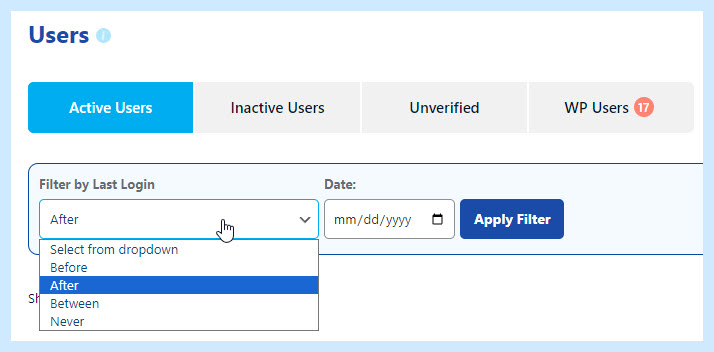
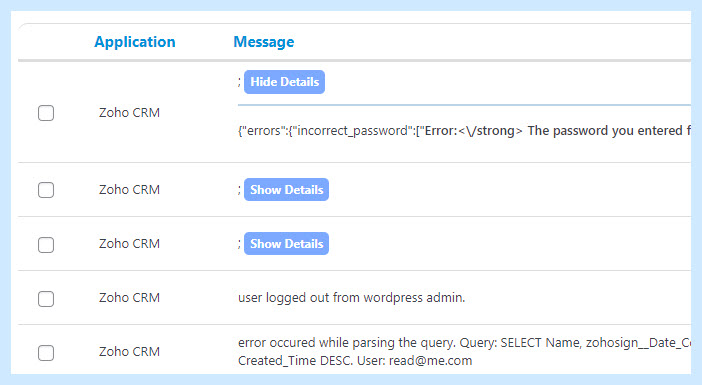
Error Log Improvements
We’ve updated the ZPortals error logging to now include both error codes and detailed descriptions for more straightforward troubleshooting. Admins can also delete individual error log entries if needed.
Customizable List Views for Zoho Books Integration
We’ve enhanced the List View customization for Zoho Books within ZPortals. Now, admins have the flexibility to rearrange column orders and add or remove columns for Quotes, Sales Orders, Invoices, and Retainer Invoices, with each sub-module supporting its own layout.

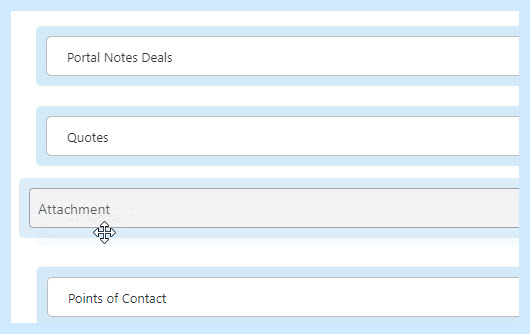
Flexible Attachment Section Placement in Record View
Admins can now move the Attachments section to any location on the page via the “Record View” page builder in the admin panel. This feature is activated when the Attachments section is enabled for a module, with its default position at the bottom of the page. Should an admin choose to disable the “Show Attachments” or “Add Attachments” options, the Attachments section will be removed from the “Record View” page builder, allowing for a more customized page layout according to your preferences.
Enhanced Section Visibility Control
We’ve introduced a new feature for admins to control the default visibility of sections added to a page in ZPortals. Now, with the options “Expanded by Default” and “Hidden by Default,” admins can predetermine whether a section and its contents are immediately visible or collapsed for frontend users. Selecting “Expanded by Default” ensures that all fields and elements within the section are displayed upfront, while “Hidden by Default” keeps them concealed unless the user opts to expand the section.
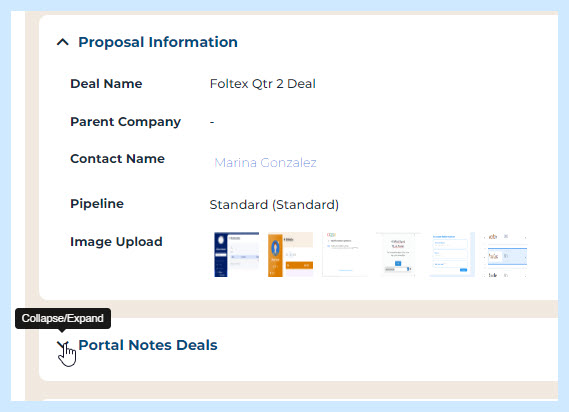
With these updates to ZPortals, you now have even more control and flexibility to tweak your portal just how you like it. These changes are all about making things easier for you and better for your users. Dive in to see how these new features can work for you and don’t hesitate to reach out if you have any questions.




